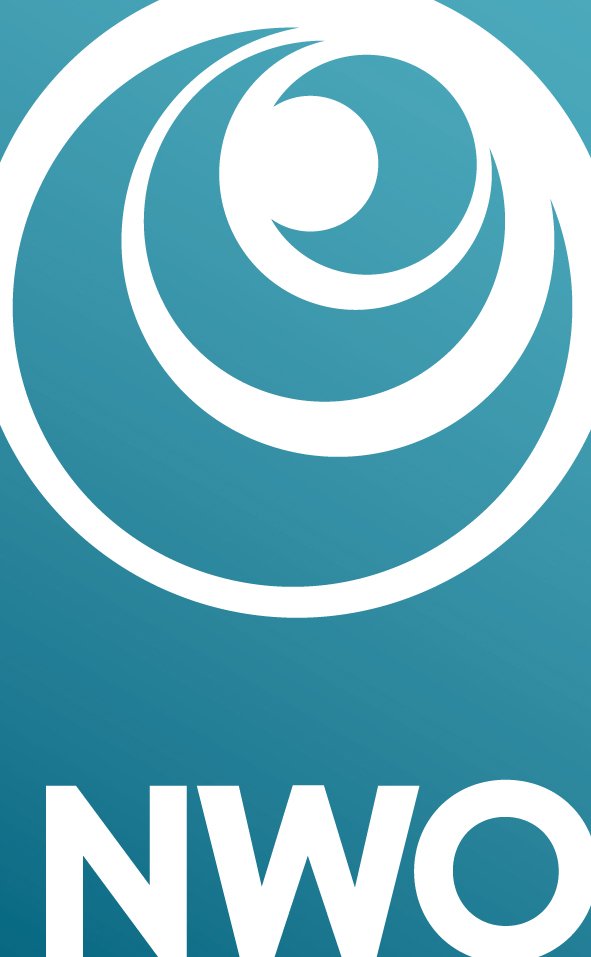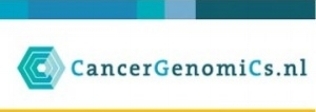This story was in the papers this week, linking a very commonly used medication with a doubling in stomach cancer risk. A doubling in the risk of anything sounds bad, but what does it mean in reality?
“Acid reflux drug linked to more than doubled risk of stomach cancer”
 The scientists, working in London, published a paper linking the use of proton pump inhibitors (PPIs) with cancer. As around 20 million people in the US take these drugs annually, usually to deal with heartburn, it is obviously very important to be aware of any potential harm they are doing. Indeed, several recent reports have emphasised that these drugs are not as safe as their maker’s say, although the levels of side effects is admittedly extremely low.This study found an increased risk of stomach cancer in people taking the drugs. Those on PPIs were 240% more likely to be diagnosed with the disease. However, to understand this properly, you have to realise the difference between relative risk (which this is) and absolute risk.For example, this increase in relative risk of 240% actually means an increase from 0.24% to 0.57% in the chances of an individual patient getting the disease. In other words, the likelihood of you being diagnosed with stomach cancer goes from a low risk to a slightly less low risk. So of the over 60,000 people included in this study, PPI use was associated with an extra 10 cases of stomach cancer. Most people would consider this acceptable for the benefit they get from the drug.While the increased risk for an individual is low, these drugs are among the most commonly prescribed in the world, as I mentioned above. So, for a population this big, a small increase in risk can result in thousands of additional cases of this disease.Extrapolations like this have to be taken with a pinch of salt however, as they are fraught with issues. For one thing, the study only followed people for 9 years, so it’s difficult to say much about a population of people taking the drugs. Most importantly however, these extrapolations make mass generalisations. Not all patients will be long-term users, while some will be on the drug for longer than the 9 years of the study. It is pretty clear however, that PPI use is associated with many additional cases of stomach cancer.It has to be pointed out though that this is a correlation, and we cannot say that the PPIs are causing the increase. I’ve discussed this in the past here, so I won’t go into detail on this.One last thing to mention is that although PPI use has increased dramatically since they were introduced in 1988, the number of stomach cancer cases has decreased by over 25% in the same time, due to other preventative measures we have put in place. This downwards trend is still continuing, so we can expect further drops in the coming years. Absolute risk v relative riskI showed above that even a large increase in risk of stomach cancer doesn’t mean many extra cases, and I have previously discussed the difference between absolute and relative risk in this blog post.Have a look at the diagram below. In both situations you have a 100% increase in relative risk. However, in one case this means your absolute risk goes from 1% to 2%. In the other it goes from 35% to 70%. Understanding this difference lets you be a lot more critical when reading numbers in the media!
The scientists, working in London, published a paper linking the use of proton pump inhibitors (PPIs) with cancer. As around 20 million people in the US take these drugs annually, usually to deal with heartburn, it is obviously very important to be aware of any potential harm they are doing. Indeed, several recent reports have emphasised that these drugs are not as safe as their maker’s say, although the levels of side effects is admittedly extremely low.This study found an increased risk of stomach cancer in people taking the drugs. Those on PPIs were 240% more likely to be diagnosed with the disease. However, to understand this properly, you have to realise the difference between relative risk (which this is) and absolute risk.For example, this increase in relative risk of 240% actually means an increase from 0.24% to 0.57% in the chances of an individual patient getting the disease. In other words, the likelihood of you being diagnosed with stomach cancer goes from a low risk to a slightly less low risk. So of the over 60,000 people included in this study, PPI use was associated with an extra 10 cases of stomach cancer. Most people would consider this acceptable for the benefit they get from the drug.While the increased risk for an individual is low, these drugs are among the most commonly prescribed in the world, as I mentioned above. So, for a population this big, a small increase in risk can result in thousands of additional cases of this disease.Extrapolations like this have to be taken with a pinch of salt however, as they are fraught with issues. For one thing, the study only followed people for 9 years, so it’s difficult to say much about a population of people taking the drugs. Most importantly however, these extrapolations make mass generalisations. Not all patients will be long-term users, while some will be on the drug for longer than the 9 years of the study. It is pretty clear however, that PPI use is associated with many additional cases of stomach cancer.It has to be pointed out though that this is a correlation, and we cannot say that the PPIs are causing the increase. I’ve discussed this in the past here, so I won’t go into detail on this.One last thing to mention is that although PPI use has increased dramatically since they were introduced in 1988, the number of stomach cancer cases has decreased by over 25% in the same time, due to other preventative measures we have put in place. This downwards trend is still continuing, so we can expect further drops in the coming years. Absolute risk v relative riskI showed above that even a large increase in risk of stomach cancer doesn’t mean many extra cases, and I have previously discussed the difference between absolute and relative risk in this blog post.Have a look at the diagram below. In both situations you have a 100% increase in relative risk. However, in one case this means your absolute risk goes from 1% to 2%. In the other it goes from 35% to 70%. Understanding this difference lets you be a lot more critical when reading numbers in the media!




